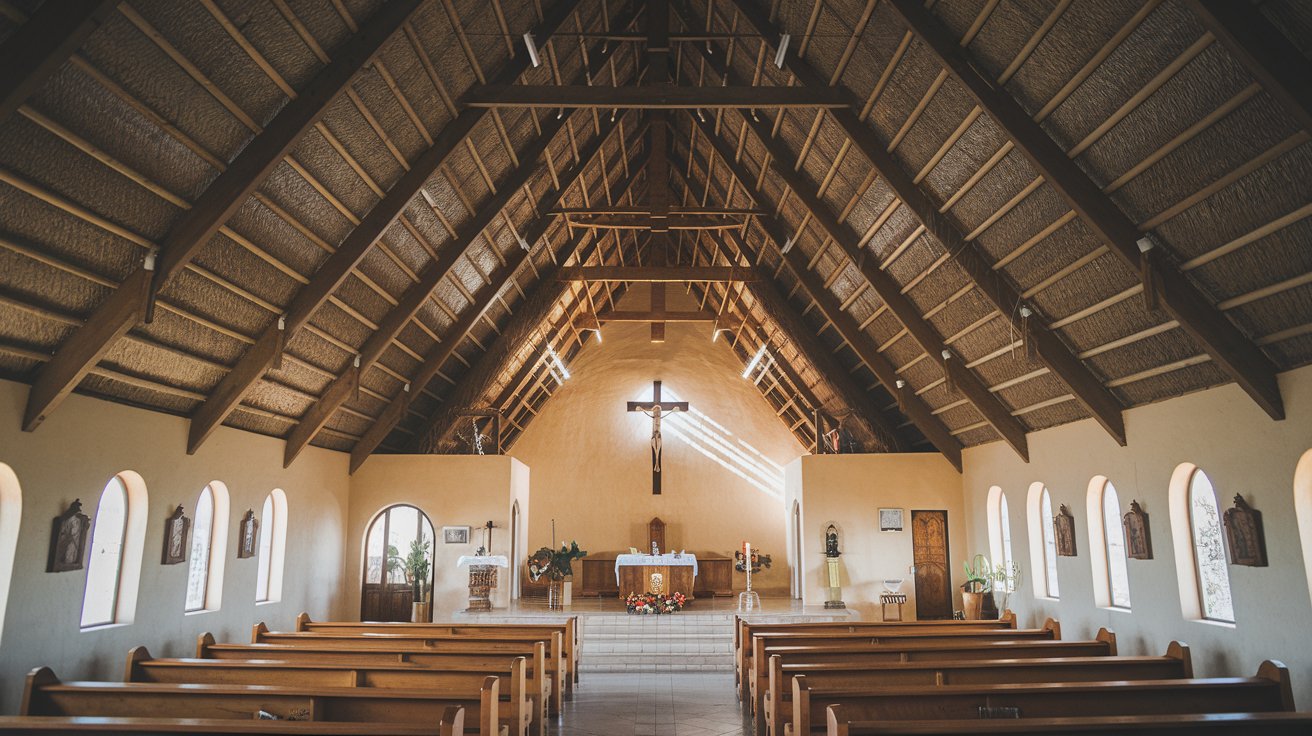
Waaqeffanna is an ancient religion practiced by the Oromo people of Ethiopia. Rooted in the worship of Waaqa, the sky god, this belief system emphasizes harmony with nature, respect for elders, and community values. Waaqeffanna rituals often involve prayers, offerings, and ceremonies that celebrate life events such as birth, marriage, and harvest. Unlike many modern religions, it has no written scriptures but relies on oral traditions passed down through generations. This rich cultural heritage provides a unique lens into the spiritual life of the Oromo, blending spirituality with daily living. Curious about this ancient faith? Here are 33 intriguing facts about Waaqeffanna.
What is Waaqeffanna?
Waaqeffanna is an ancient religion practiced by the Oromo people in Ethiopia. It centers around the worship of Waaq, the supreme deity. This faith has deep roots in the culture and traditions of the Oromo community.
- Waaqeffanna is one of the oldest monotheistic religions in Africa.
- The term "Waaqeffanna" translates to "worship of Waaq" in the Oromo language.
- Waaq is considered the creator of the universe and everything within it.
- Followers believe Waaq is omnipresent, omnipotent, and omniscient.
- The religion emphasizes harmony with nature and respect for all living things.
Beliefs and Practices
Waaqeffanna has unique beliefs and practices that distinguish it from other religions. These traditions have been passed down through generations, preserving the faith's authenticity.
- Rituals often involve offerings of milk, honey, and butter to Waaq.
- Prayers are typically conducted outdoors, under sacred trees known as "Qilxuu."
- The Gadaa system, a traditional socio-political structure, plays a significant role in the religion.
- Elders, known as "Qaallu," lead religious ceremonies and provide spiritual guidance.
- Festivals like Irreecha celebrate the end of the rainy season and give thanks to Waaq.
Sacred Symbols and Sites
Symbols and sacred sites hold great importance in Waaqeffanna. They serve as physical representations of the faith and its connection to the natural world.
- The Odaa tree is a central symbol, representing life and continuity.
- Sacred rivers and mountains are considered abodes of Waaq.
- The Abbaa Muudaa pilgrimage involves visiting holy sites to seek blessings.
- Traditional Oromo attire, worn during ceremonies, often features symbolic colors and patterns.
- The Siinqee stick, carried by women, symbolizes peace and protection.
Historical Significance
Waaqeffanna has played a crucial role in the history and identity of the Oromo people. Its influence can be seen in various aspects of their culture and society.
- The religion predates the introduction of Christianity and Islam in Ethiopia.
- Waaqeffanna has influenced Oromo art, music, and oral literature.
- Historical records mention the Oromo people's resistance to religious conversion, preserving their faith.
- The Gadaa system, intertwined with Waaqeffanna, has been recognized by UNESCO as an Intangible Cultural Heritage.
- Despite external pressures, the religion has survived and adapted over centuries.
Modern-Day Waaqeffanna
In contemporary times, Waaqeffanna continues to be practiced, though it faces challenges. Efforts are being made to revive and promote the religion among younger generations.
- There are ongoing initiatives to document and preserve Waaqeffanna traditions.
- Modern followers use social media to share knowledge and connect with others.
- Educational programs aim to teach the history and practices of the religion.
- Some Oromo communities have built new places of worship to accommodate urban followers.
- The religion is gaining recognition and respect within Ethiopia and beyond.
Challenges and Resilience
Like many indigenous religions, Waaqeffanna faces challenges but remains resilient. Its followers are dedicated to preserving their faith and heritage.
- Religious conversion and assimilation have threatened the survival of Waaqeffanna.
- Political and social changes in Ethiopia have impacted the practice of the religion.
- Efforts to revive the Gadaa system have strengthened the community's cultural identity.
- Waaqeffanna festivals and ceremonies are now celebrated more openly and widely.
- The religion's emphasis on environmental stewardship resonates with global ecological movements.
Waaqeffanna in Popular Culture
Waaqeffanna has also found a place in popular culture, influencing various forms of media and art. This has helped raise awareness about the religion and its significance.
The Essence of Waaqeffanna
Waaqeffanna, a traditional belief system of the Oromo people in Ethiopia, offers a rich tapestry of cultural and spiritual practices. Rooted in the worship of Waaqa, the supreme deity, it emphasizes harmony with nature, respect for ancestors, and community values. Unlike many religions, Waaqeffanna doesn't rely on written scriptures but passes down wisdom through oral traditions. This faith promotes peace, justice, and environmental stewardship, reflecting the deep connection between the Oromo people and their land. Understanding Waaqeffanna provides insight into the Oromo's identity and their enduring cultural heritage. By exploring these 33 facts, we've glimpsed the profound spirituality and resilience of a community that has preserved its beliefs despite numerous challenges. Waaqeffanna remains a testament to the power of tradition and the human spirit's quest for meaning and connection.
Was this page helpful?
Our commitment to delivering trustworthy and engaging content is at the heart of what we do. Each fact on our site is contributed by real users like you, bringing a wealth of diverse insights and information. To ensure the highest standards of accuracy and reliability, our dedicated editors meticulously review each submission. This process guarantees that the facts we share are not only fascinating but also credible. Trust in our commitment to quality and authenticity as you explore and learn with us.


